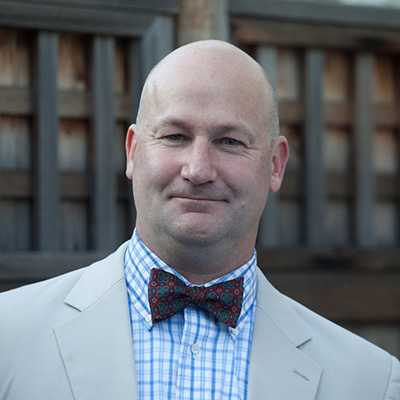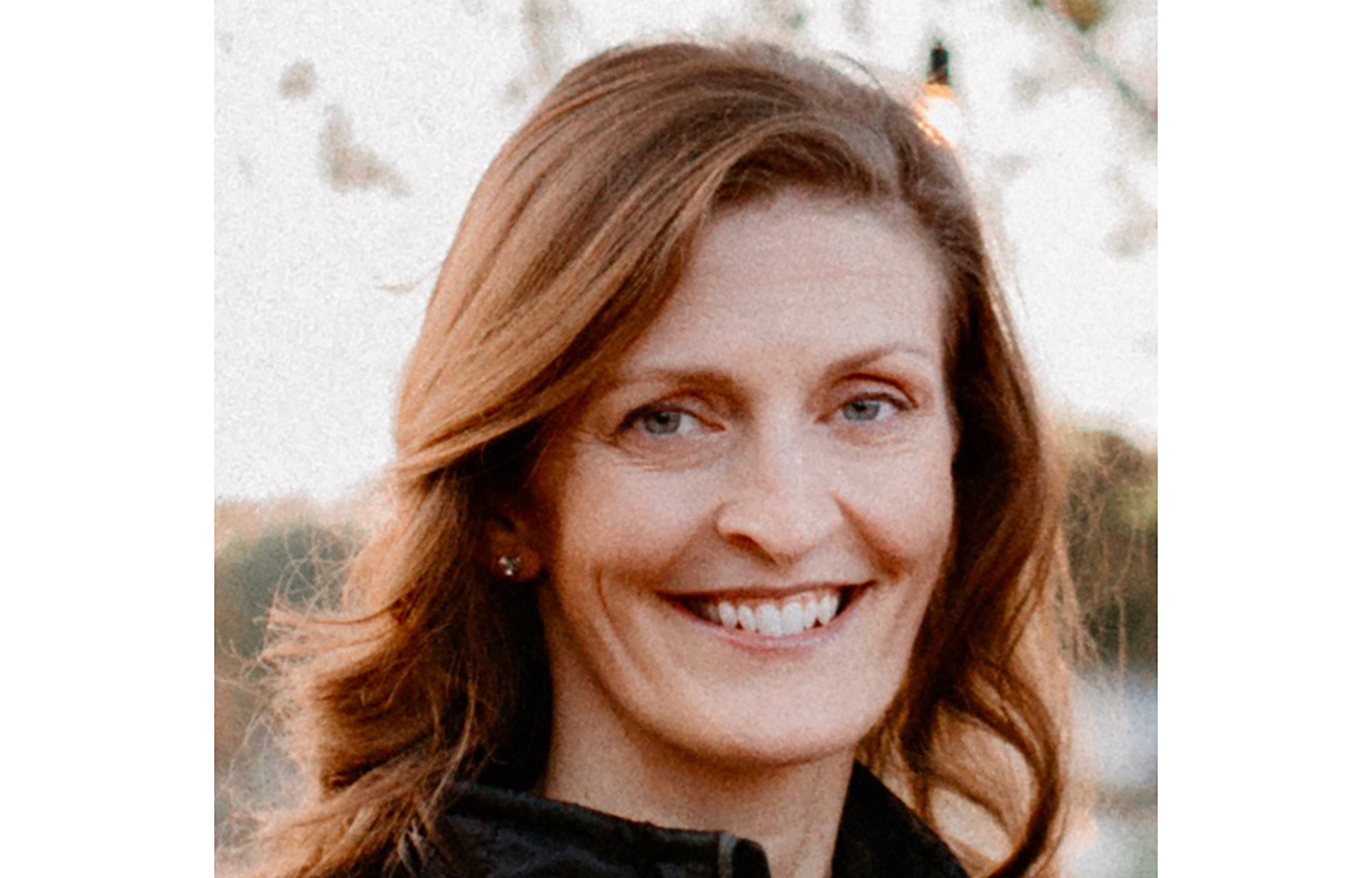Jesse Marsh is the global coordinator for the Fishery Improvement Project Community of Practice (FIP CoP). Led by its members, which include participants from more than 40 countries and 130 FIPs, FIP CoP promotes knowledge-sharing among worldwide FIPs to enhance their effectiveness.
Along with her role at the FIP CoP, Marsh is the principal and manager of nonprofit consultancy Scaling Blue and has 15 years of experience in the sustainable seafood community, including leading the World Wildlife Fund’s initiative to engage seafood businesses in developing market incentives for sustainable fisheries. She also developed and expanded WWF's FIP portfolio and has worked with fisheries in Southeast Asia, Latin America and the Caribbean, and Africa.
In an interview with SeafoodSource, Marsh detailed the work the CoP is conducting and the issues currently facing small-scale fishers and communities.
SeafoodSource: How does the CoP support FIPs and improve the responsible management of fisheries and supply chains?
Marsh: The overall aim of the CoP is to share knowledge and experiences within the FIP community in order to increase their impact and effectiveness. We do this by connecting community members with one another and creating learning opportunities through in-person workshops, webinars, and an online communications platform. We have over 400 community members that work on FIPs in more than 40 countries; community members include representatives from NGOs, the private sector, fishers, governments, and other key FIP stakeholders.
There is such an incredible wealth of knowledge that FIP implementers have. Communities of practice are all about connecting people to learn from one another and then apply that learning to their own work. So, when it comes to FIPs, we’re facilitating these learning opportunities with the goal of FIPs being more effective and efficient as a result.
SeafoodSource: What are some of the challenges small-scale fisheries and your members are trying to address?
Marsh: There are a number of different challenges facing FIPs, and I would say there are three areas of focus that come up with our members and are a little different from when FIPs first started. The first is working with fishers and communities to understand and address their concerns related to social responsibility.
The second area of focus is addressing economic aspects of a fishery. While addressing social and economic issues can be difficult, advancing these issues is now being seen as a way to better engage with fishers and their communities to hopefully get more durable environmental outcomes or a bigger impact on the environmental side as well. The social and economic aspects have a more immediate impact and value to communities and can incentivize environmental improvements. There have also been more local organizations becoming the initiators of FIPs in addition to international NGOs, the private sector, and supply chain actors, who are the more typical initiators of FIPs.
The third area of focus looks at supporting locally initiated FIPs.
SeafoodSource: Often, FIPs are trying to compensate for fisheries located in regions that have weak management and governance. Do FIPs try to build governance through the supply chain in the absence of government management, which is difficult, or do FIPs try to build better governance through the supply chain while also trying to build up government management of fisheries?
Marsh: Yes, that's an important point because aligning goals between the FIP and relevant governments can be essential to meeting FIP goals, but it can also be a challenge for fishing cooperatives and supply chain actors to work in the government/management arena.
Policies and politics can be outside the comfort zone of many FIP implementers, and I have heard from CoP members that staff turnover or changing administrations can make alliances with government agencies challenging when you need to build capacity with potentially a whole new set of government representatives or fisheries managers.
The FIPs that are successful in these efforts seem to benefit from engagement with government officials from the beginning of the FIP process. This allows them to build stronger relationships, identify who can be most helpful in moving the work forward, and allows for the alignment of FIP and government goals to develop together.
If a FIP is aiming to make bigger-picture changes, it’s important to think about collaborating with other FIPs that are being implemented in the country. This not only gives FIPs and supply chain actors a stronger, louder voice advocating for improved management, but it can also help coordinate the messages coming from FIPs so there is a clear message to government and a clear priority of issues that need to be addressed.
SeafoodSource: What are some of the important aspects that supply chain companies should think about when engaging FIPs?
Marsh: There are certainly different levels and types of engagement that we see from industry and supply chain actors, and most people tend to think about the financial role supply chain actors can play in a FIP. Financial support is absolutely important, but recognizing, acknowledging, and communicating the value and the importance of FIP engagement by supply chain actors can be just as important to the success of a FIP.
It’s important to recognize that not all companies or individuals will have the same ability or capacity to engage, but they do play such a critical role in this space. International and local seafood companies weighing in on management issues can show government officials and managers the importance of the work to the supply chain.
The value of supply chain actors showing up at a meeting with government representatives and showing their support in person or simply expressing verbal support for activities or actions that should be implemented might not seem important to companies in the supply chain, but it can have a really big impact for other stakeholders to see the engagement and the real support coming from the private sector.
SeafoodSource: FIPs are often implemented in fisheries and regions where other efforts – national governance, international treaties, or certification – have been ineffective in driving change. Due to these issues, is there some tension between giving communities flexibility in implementing the FIP and the supply chain’s need for clear indicators of progress and timelines.
Marsh: I think there's still focus on those targets and timelines, and one of the challenges that I’ve heard from the implementers is that it is going to take time to make these improvements and to make changes. If supply chain actors and the private sector really understand how difficult some of these challenges are, they can develop realistic timelines and measures of success, and I think this is a key point that businesses can understand: Appropriate timelines and verification mechanisms are essential for continued improvement.
As we are working in more challenging fisheries, not only are we dealing with issues like stock assessment or monitoring but also social issues. Another challenge is the fact that some basic issues like cold chain storage can be barriers to delivering assured sustainable supply to market. If supply chain actors understand the scope of the challenges in a particular fishery and develop appropriate timelines and verification mechanisms, FIPs will have a greater likelihood of success.








